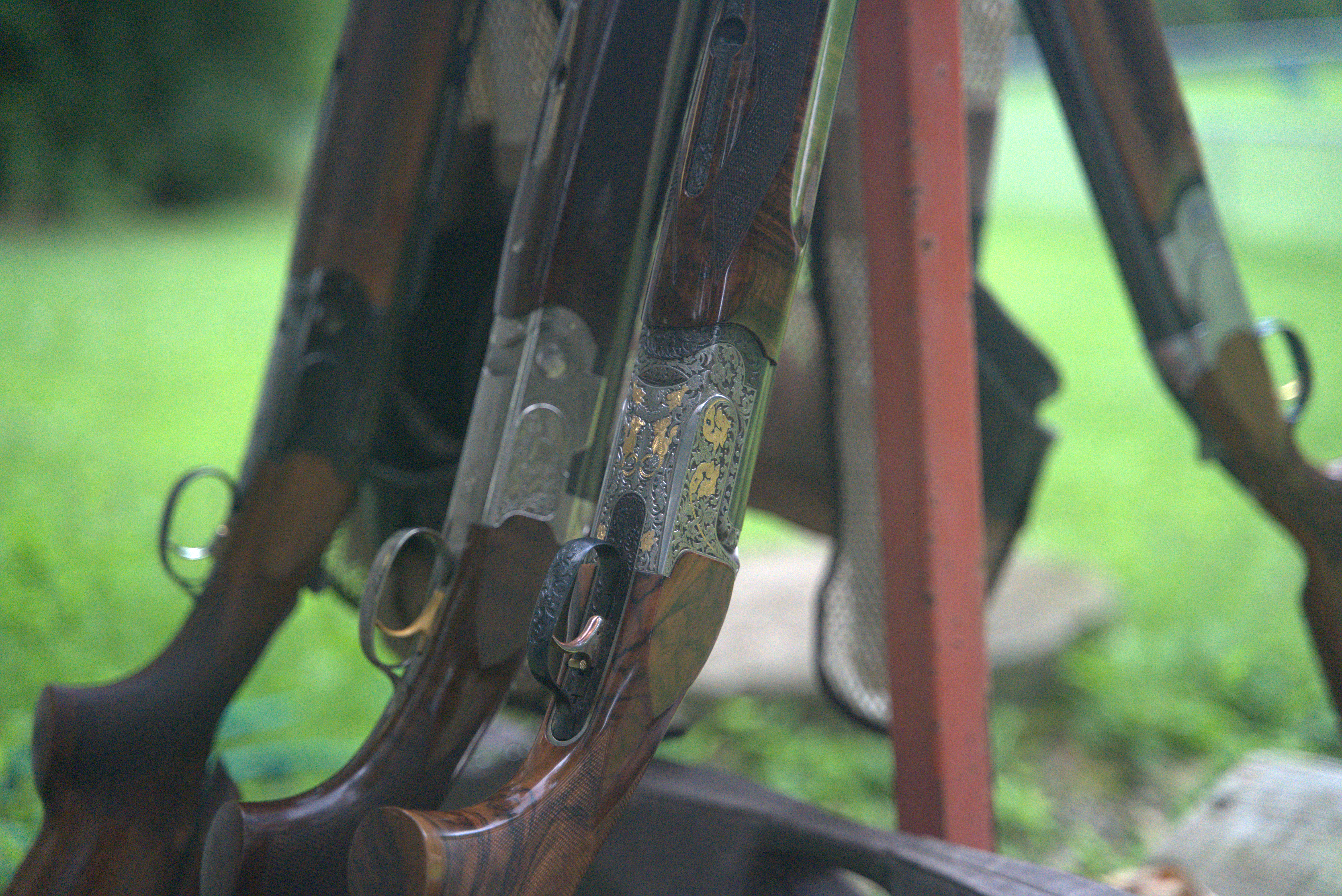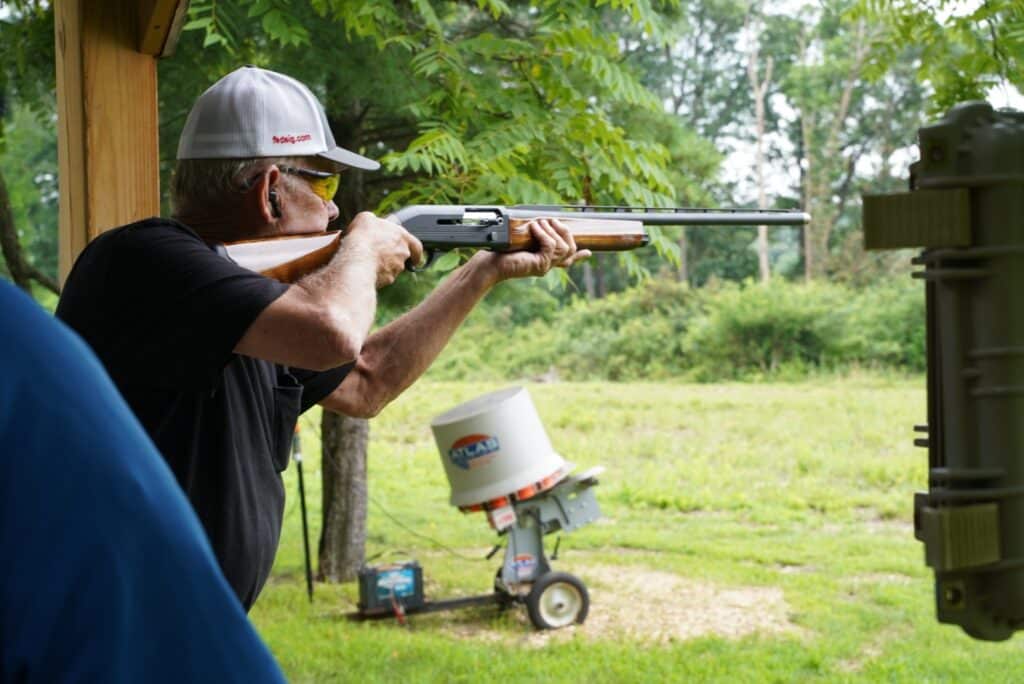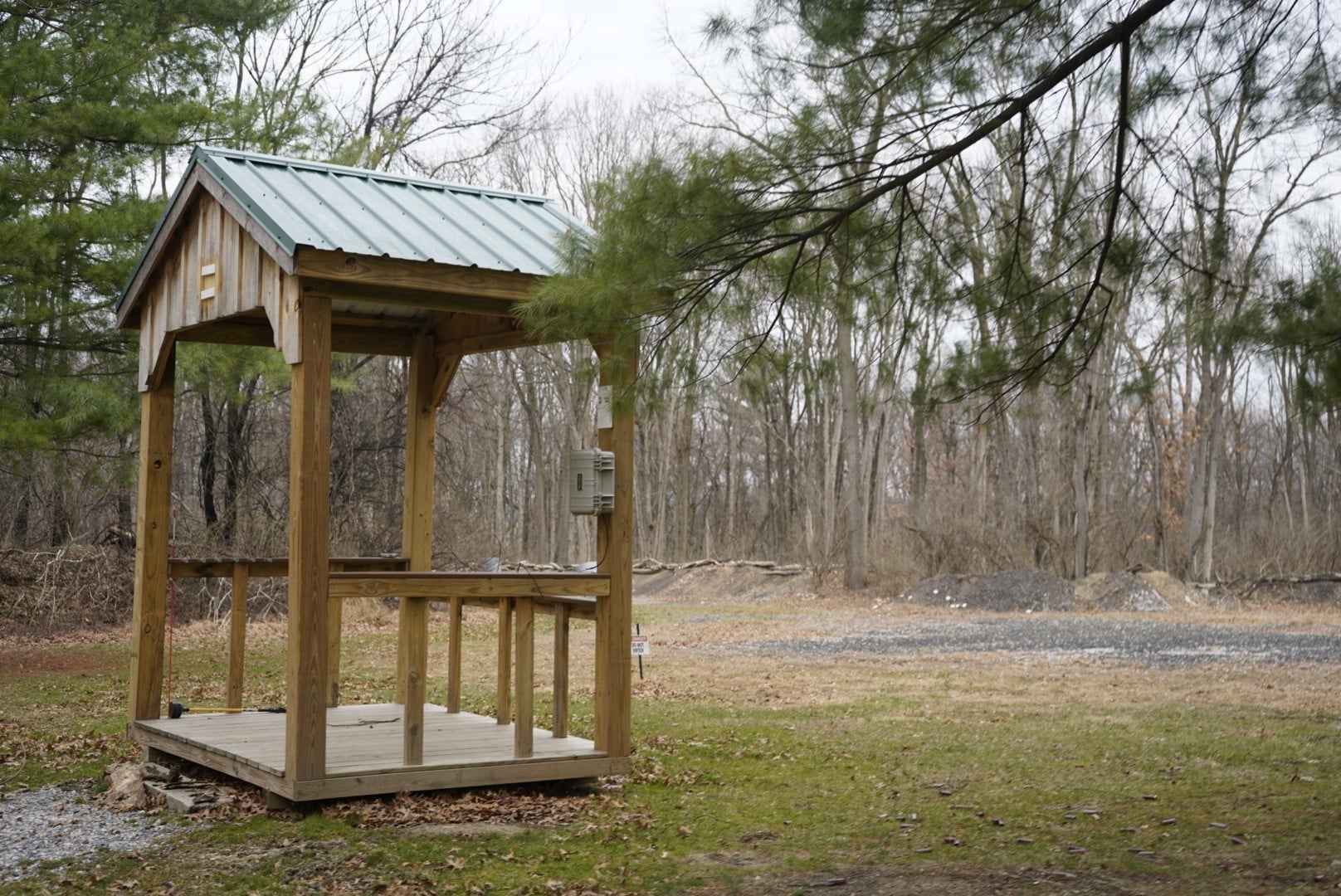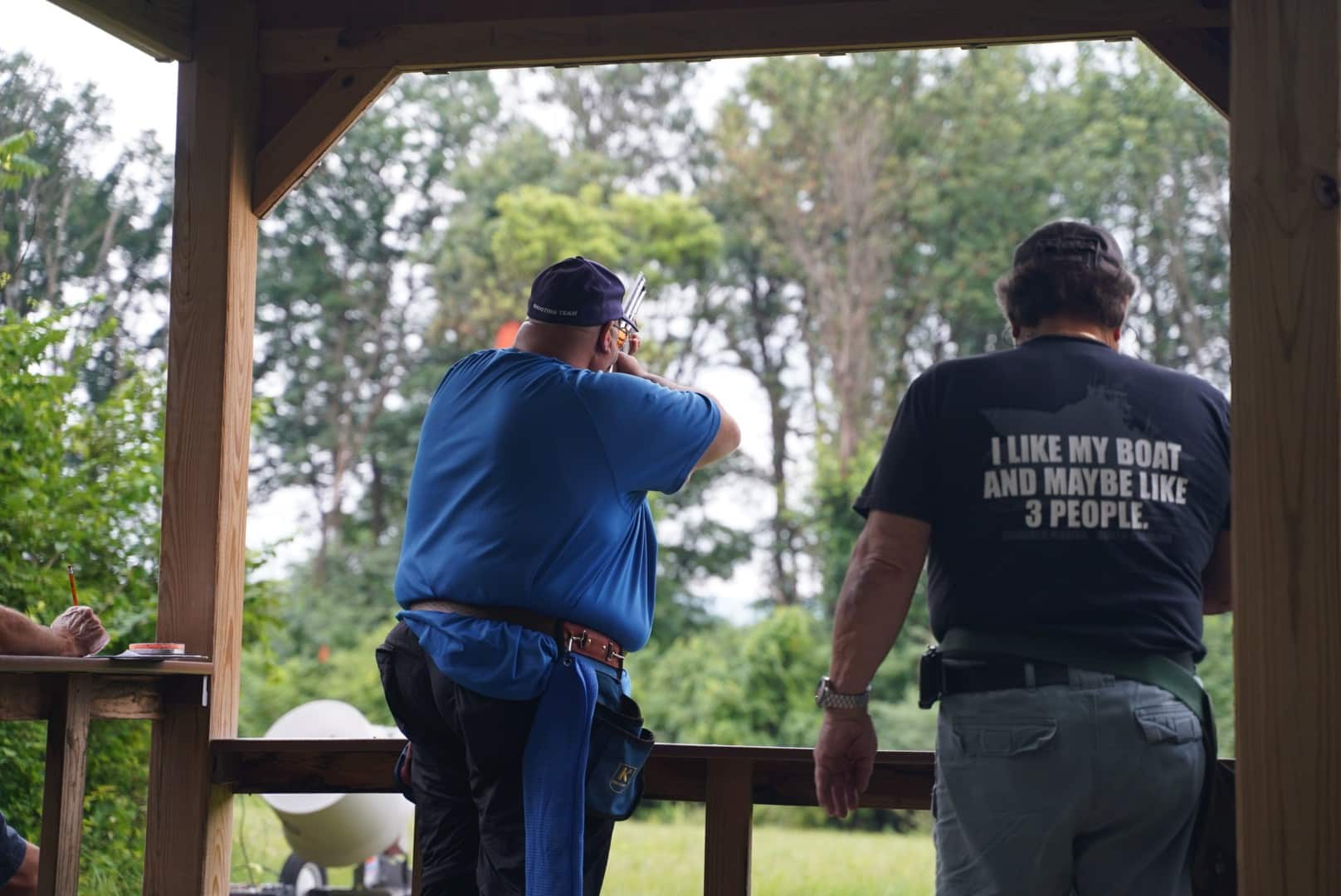
Many clay shooters struggle to pick the right shotgun shells for their sport. A single box of shells can contain over 400 individual pellets that spread out to hit fast-moving targets.
This guide breaks down shell basics and explains which ammunition works best for trap, skeet, and sporting clays. Get ready to improve your scores with better shell choices.
Understanding Shotgun Shell Basics
Shotgun shells are made up of several components that work together to deliver shot to clay targets. The shell case holds everything in place, while the primer ignites the powder when struck by the firing pin. The burning powder creates the force that pushes the shot down the barrel. A plastic wad separates the powder from the pellets and seals the barrel for better performance. The shot pellets themselves are the small metal balls that break the clay targets.
Several shell specifications affect performance:
- Gauge – The diameter of the shotgun barrel. For clay shooting, 12-gauge and 20-gauge are most common.
- Shot Size – The diameter of each pellet; smaller numbers mean larger pellets.
- Velocity – The speed of the shot, usually between 1,100 and 1,300 feet per second.
- Payload Weight – The total ounces of shot in the shell.
Choosing the right combination of these factors can make the difference between a hit and a miss. Understanding these basics helps shooters pick ammunition that fits their discipline, shotgun, and personal preferences.
Key Factors in Choosing Shells for Clay Shooting
Selecting the right shotgun shells makes the difference between hitting clay targets consistently and missing shots. Smart shooters consider several critical factors that directly impact their performance on the range.
- Gauge selection determines power and recoil levels. Most clay shooters prefer 12-gauge shells for maximum power, while 20-gauge offers less recoil for smaller-framed shooters.
- Shot size affects target-breaking ability and range. Size 7.5 or 8 shot works best for most clay shooting sports, providing dense patterns with enough pellets to break targets reliably.
- Shell length influences pellet count and velocity. Standard 2.75-inch shells handle most clay shooting situations, while 3-inch shells add more pellets but increase recoil significantly.
- Powder charge affects shot speed and trajectory. Higher velocity loads reach distant targets faster but create more felt recoil and muzzle blast during extended shooting sessions.
- Choke tubes must match shell performance characteristics. Modified or improved cylinder chokes pair well with most clay shooting loads, creating optimal patterns at typical target distances.
- Recoil management impacts shooting comfort and accuracy. Light target loads reduce shoulder fatigue during long practice sessions, helping shooters maintain consistent form and follow-through.
- Loading type influences reliability and performance consistency. Factory loads provide consistent performance, while hand-loaded shells allow customization but require proper equipment and knowledge.
- Price considerations affect practice frequency and skill development. Budget-friendly target loads enable more frequent practice sessions, which builds muscle memory and improves shooting skills faster.

Shell Selection for Each Clay Sport
Each clay sport demands specific shell characteristics to maximize performance and scoring potential.
| Clay Sport | Recommended Shell Type | Shot Size | Powder Charge | Key Performance Notes |
|---|---|---|---|---|
| Trap Shooting | 2¾-inch shells | #7.5 or #8 shot | 3-dram equivalent | Targets fly away at 40-50 yards. Higher velocity shells work best for longer distances. Consistent patterns matter most. |
| Skeet Shooting | 2¾-inch shells | #9 shot | 2¾-3 dram equivalent | Close-range targets at 20-25 yards. Smaller shot creates denser patterns. Light recoil helps with quick doubles. |
| Sporting Clays | 2¾-inch or 3-inch shells | #7.5, #8, or #8.5 shot | 3-3¼ dram equivalent | Varied target distances require versatile loads. Medium shot sizes handle most presentations. Heavier loads for longer shots. |
| 5-Stand | 2¾-inch shells | #8 or #8.5 shot | 3-dram equivalent | Mixed target angles and speeds. Balanced shot size works for multiple presentations. Standard velocity performs well. |
| FITASC | 2¾-inch shells | #7.5 or #8 shot | 3-dram equivalent | International rules limit shell specifications. Targets appear at extreme angles. Quality components ensure reliability. |
| Helice (ZZ Bird) | 2¾-inch shells | #6 or #7 shot | 3¼-dram equivalent | Mechanical targets require breaking power. Larger shot breaks plastic birds effectively. High velocity needed for distant shots. |
Conclusion
The right shotgun shells can make all the difference in clay shooting, from breaking distant trap targets to crushing close-range skeet doubles. By understanding shell components and matching gauge, shot size, velocity, and payload to the demands of each discipline, shooters can improve both consistency and confidence on the range.
Wing Pointe give shooters the perfect environment to test different shell types in real-world conditions, whether you’re fine-tuning your trap loads, dialing in your skeet patterns, or experimenting with versatile sporting clays ammunition. With the right knowledge and the right range, you’ll spend less time guessing and more time breaking targets.
Recent Posts

The Reopening of Keystone Clays as Wing Pointe Sporting Clays

How to Prepare for Your First Time Shooting Clays


